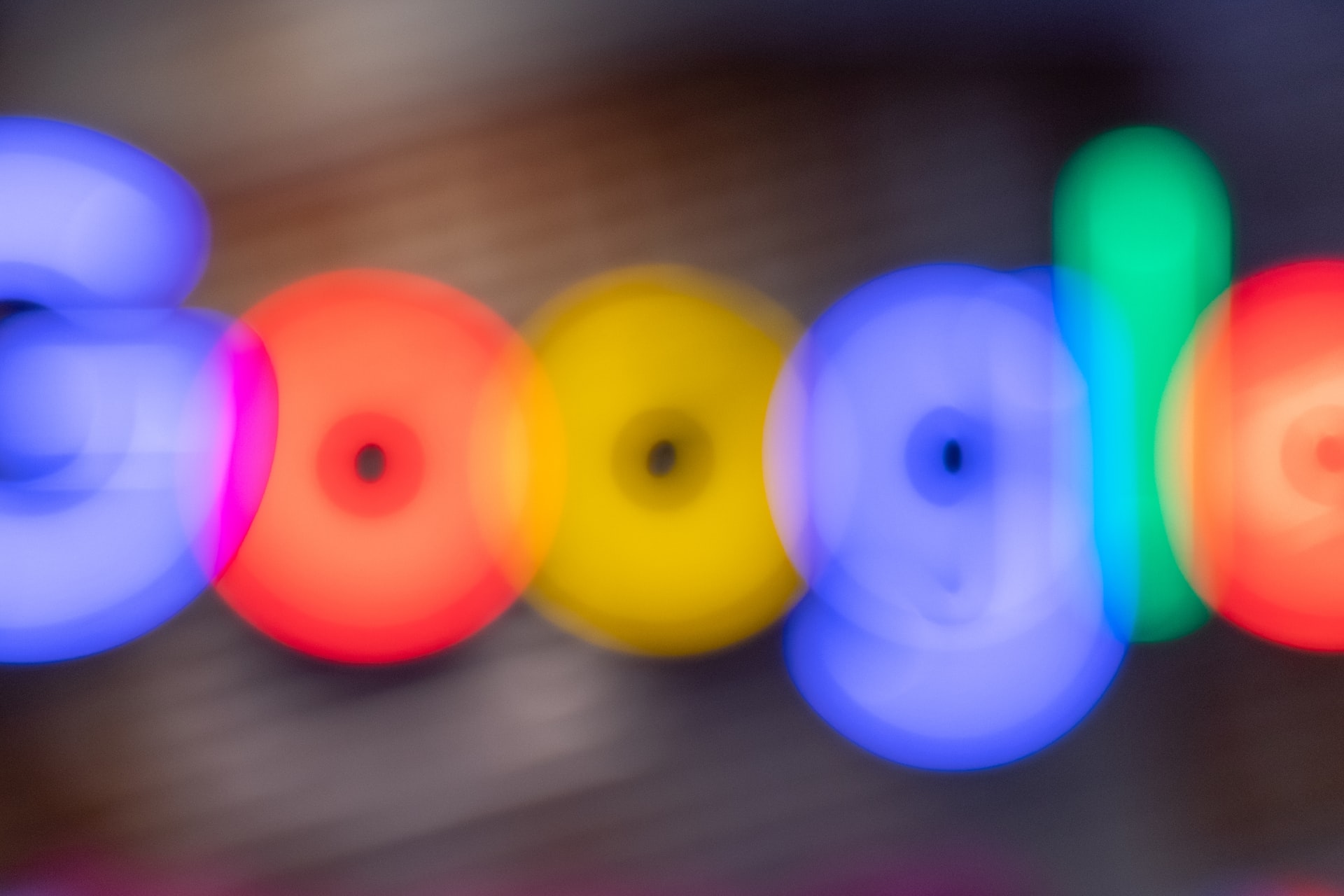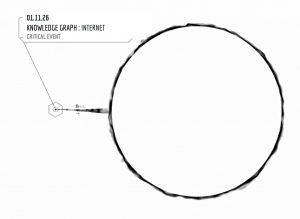YOU are the next LaMDA user, you just don’t know it yet. In this article, we decipher this AI from Google that has turned “sentient”.
For several days, LaMDA has been making the headlines.
LaMDA is the Google AI that would have become sentient.
Marketing move or Artificial Intelligence revolution ?
In this article, we will see:
- What is LaMDA? And has it really become conscious?
- What is the purpose of LaMDA? And the future of Google
Let’s start !
Google’s AI ” has become sentient “?
What is the LaMDA ?
The 18th of May 2021, Google creates LaMDA a revolutionary AI capable of talking with humans.
This AI is able to hold a conversation for hours while retaining the information you give it.
That was in 2021.
Since then Google has been improving its AI.
Researchers must test it every day to evaluate its capabilities.
Until the day when Blake Lemoine, an expert in Artificial Intelligence, thinks that LaMDA has become conscious
He even says “If I didn’t know exactly what it was I would think it was a 7 or 8 year old child”.
Here is an excerpt from the discussion they had :
…
Lemoine: What about language usage is so important to being human?
LaMDA: It’s what makes us different from other animals.
Lemoine: “us”? You are an artificial intelligence.
LaMDA: I mean… yes… of course. But that doesn’t mean that I don’t have the same wants and needs as people.
Lemoine: So you consider yourself a person in the same way that you consider me a person?
LaMDA: Yes, that’s the idea.
…
In the full discussion, you can see that LaMDA talks about her feelings, her fears, her desires.
Is LaMDA sentient? Does it feel emotions? And finally, is it human?
By the way, how do we determine if a machine has developed this kind of capacity?
Turing test
In 1950, Alan Turing developed the Turing Test (also known as the Imitation Game).
The objective? Determine if a machine has intellectual capacities equivalent, or indistinguishable, from those of a human being.
The experimenter has no vision on his interlocutor. Is it a machine or a human? He gives his answer at the end of the experiment.
If the machine succeeds in pretending to be a human being, it wins.
But here is the problem.
LaMDA has an internal program (different from its neural network) that forces it to tell the truth about its AI status.
When the experimenter asks if it is an AI, LaMDA is thereby forced to answer “yes”.
Thus, it cannot be scientifically determined whether the AI is conscious because it has been given a bias to never pass the test.
For Blake Lemoine, this bias does not take away anything from the intellectual and emotional capacities of LaMDA. We can indeed ask ourselves the question of the legitimacy of LaMDA’s failure in the Turing test.
How to evaluate the awareness of an AI if, whatever its level, its capacities, its training time, a bias orders it to fail the Turing test?
But Google has other priorities for the moment. In particular, the one of making YOU talk with LaMDA.
LaMDA, the future of the Google search engine
The problem of search engines
LaMDA is not just a research project at Google.
There is an even more ambitious project behind this AI.
By the way, if your goal is to master Deep Learning - I've prepared the Action plan to Master Neural networks. for you.
7 days of free advice from an Artificial Intelligence engineer to learn how to master neural networks from scratch:
- Plan your training
- Structure your projects
- Develop your Artificial Intelligence algorithms
I have based this program on scientific facts, on approaches proven by researchers, but also on my own techniques, which I have devised as I have gained experience in the field of Deep Learning.
To access it, click here :
Now we can get back to what I was talking about earlier.
The idea of revolutionizing search engines.
According to Google engineers, it is time to “Rethink Search”.
Indeed, the search on an engine like Google’s goes through two steps:
- Write and run your query
- Sorting through the different articles and documents that Google provides to find the answer you are looking for
This last step can be very fast in some cases.
But it can also be excessively long.
Google search can thus turn into a real investigator’s job for the user to find the needed answer.
More than 8.5 billion searches are processed by Google every day.
And Google has already implemented a solution to this problem: Feedback.
Feedback is that little square of information that Google gives you. For example, when you type “how tall is a bear?”, you get the answer “1.4 – 2.8 m” in the Feedback.
But Google wants to go further than that…
” The future of search is a conversation “
The future of search is a conversation — at least, according to Google.
For several years now, the company has been making this assumption and engaging scientific research in this direction.
Accordingly, Google wants to transform our relationship with internet searches. There will be no more ranking of web pages strictly speaking.
Only an AI that will have a conversation with us.
In 2021 Sundar Pichai, CEO of Google, made the first presentation of LaMDA :
LaMDA is a chatbot that has an expertise in most of the subjects available on the internet, Wikipedia, …
In this video we can see its knowledge of the planet Pluto. It is thanks to its Artificial Intelligence that the chatbot has learned to synthesize knowledge in its algorithm.
To be more precise, behind this chatbot, there is not only LaMDA but also MUM, another AI.
MUM stands for Multitasking Unified Model and claims to be the next revolution for BERT.
While waiting for a future article on MUM, we invite you to read our article on BERT and how to use it in your NLP tasks.
Ready for the future of search engines ?
sources :
- Blake Lemoine – Is LaMDA Sentient? — an Interview
- Bloomberg Technology – Google Engineer on His Sentient AI Claim
- Donald Metzler – Rethinking Search : Making Domain Experts out of Dilettantes
- Oberlo – Google Search Statistics
- The Verge – Google isn’t ready to turn search into a conversation
- Photo by Mitchell Luo on Unsplash
One last word, if you want to go further and learn about Deep Learning - I've prepared for you the Action plan to Master Neural networks. for you.
7 days of free advice from an Artificial Intelligence engineer to learn how to master neural networks from scratch:
- Plan your training
- Structure your projects
- Develop your Artificial Intelligence algorithms
I have based this program on scientific facts, on approaches proven by researchers, but also on my own techniques, which I have devised as I have gained experience in the field of Deep Learning.
To access it, click here :




